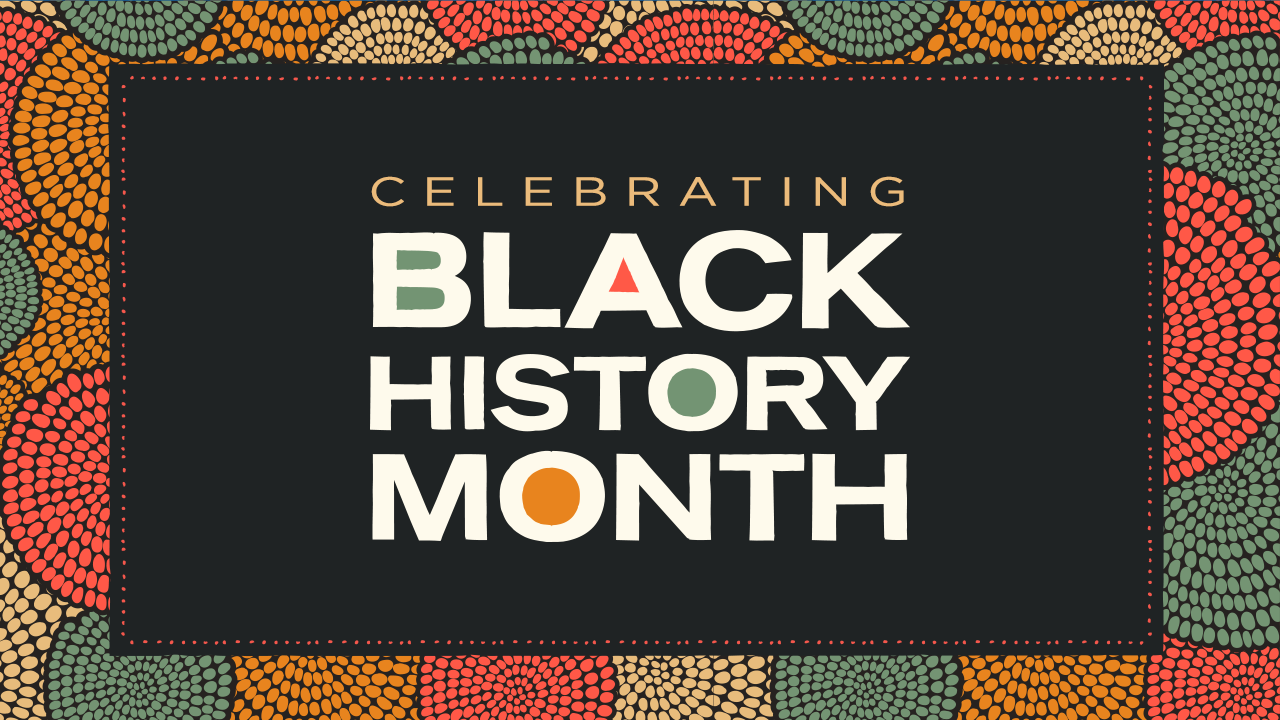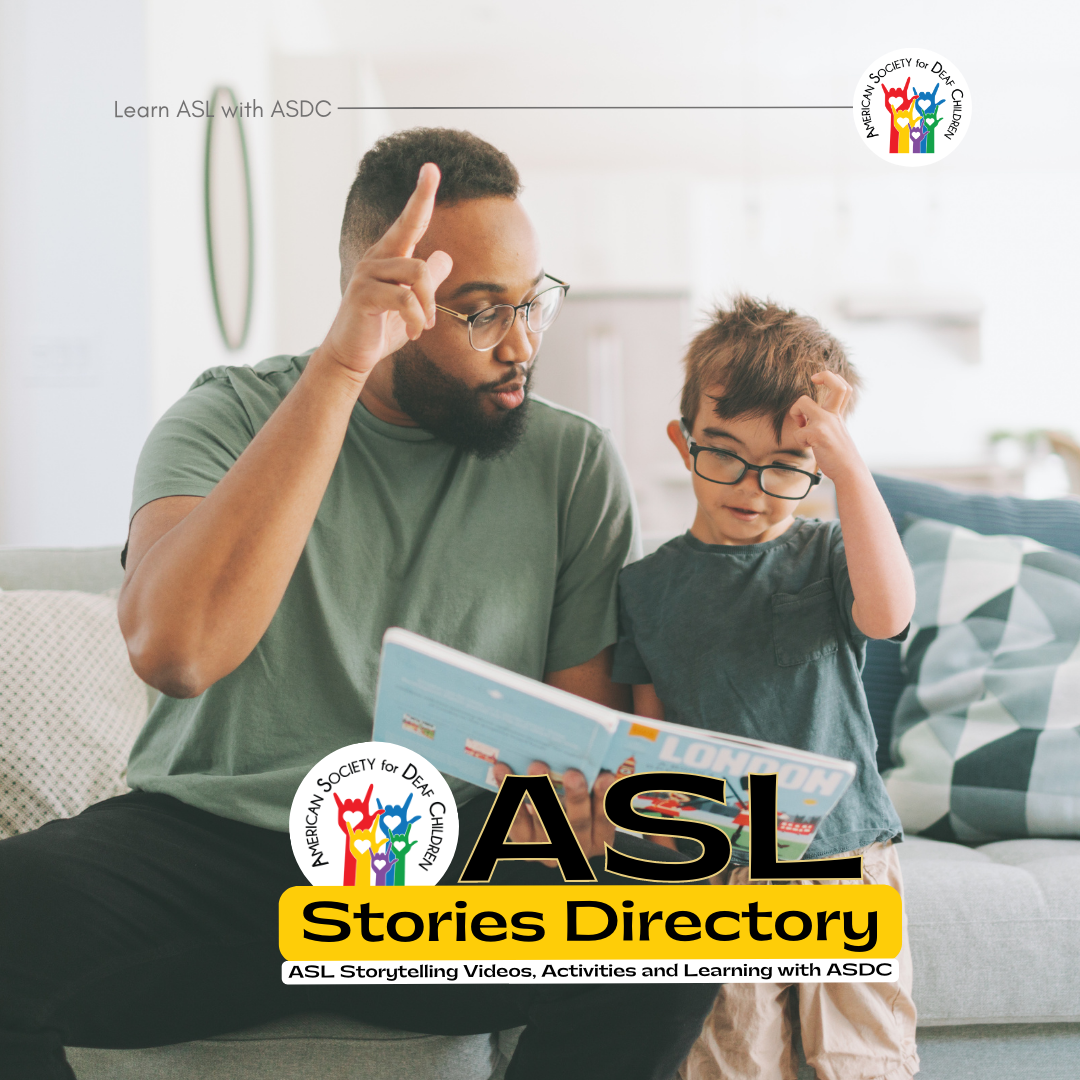
Every year in February, during Black History Month, we commemorate the work and legacy of prominent Black leaders who’ve played pivotal roles in advancing racial equity and inclusion in the United States. It’s a time to honor and celebrate Black culture, history, and the enduring contributions of Black individuals across various domains.
While Black History Month typically spotlights well-known figures and pivotal moments in African American history, it’s also essential to recognize and celebrate the diversity within the Black community. One often overlooked group is the Black Deaf community, which has its own unique culture, language, and history.
The history of Black Deaf culture in America is rich and multifaceted. Black American Sign Language (BASL) emerged as a distinct form of sign language, shaped by the experiences, traditions, and linguistic influences within Black Deaf communities. BASL is not only a mode of communication but also a cultural expression that reflects the lived experiences and identity of Black Deaf individuals.
In recognizing the significance of Black Deaf culture, it’s crucial to go beyond token acknowledgment during Black History Month. We must actively engage with the stories, experiences, and contributions of Black Deaf individuals throughout the year.
To support learning and understanding, various resources are available for those interested in exploring Black Deaf culture and BASL. The Texas School for the Deaf and organizations like the National Black Deaf Advocates (NBDA) offer valuable insights, educational materials, and community initiatives focused on Black Deaf experiences and empowerment.
Furthermore, online platforms provide accessible avenues for learning and engagement. Websites such as ASLized and Signing Savvy offer resources and courses tailored to incorporate elements of Black ASL and highlight cultural nuances within the Black Deaf community. Social media platforms, including Instagram and TikTok, feature vibrant communities of Black Deaf creators sharing their stories, language, and culture.
By embracing and amplifying the voices of the Black Deaf community, we honor the intersectional identities and resilience of individuals whose narratives have often been marginalized. Let us commit to celebrating and uplifting Black Deaf culture not only during Black History Month but as an integral part of our ongoing journey toward diversity, equity, and inclusion.
You can learn more about Black History Month here>>
SIGNS
ASL Signs for Black History Month with Somer Stanley
How to sign Black American Sign Language with Charmay
What is Black American Sign Language – NC State University
Celebrating and Preserving Black American Sign Language
Black ASL | Craig of the Creek | Cartoon Network
SONGS
“Rise Up”
Lafayette High School
“A Change Is Gonna Come”
Lizzo
STORIES
For more ASL videos of children’s stories related to Black History Month, visit our ASL Stories Directory



